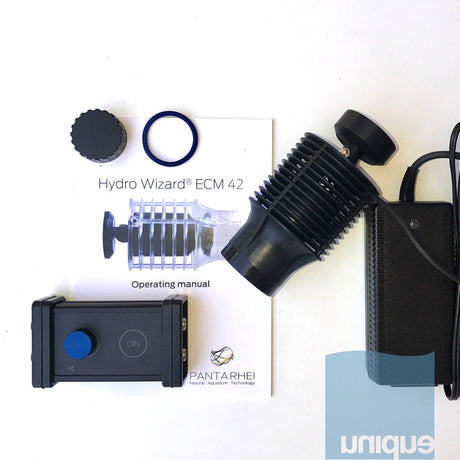
UniqueCorals is the THE place to shop for Panta Rhei Hydrowizard
By Toni Nancy Xiong
We have been working closely with Panta Rhei for many years with Unique being the main distributor. We are happy to announce that we are now the official US distributor...
Read more
